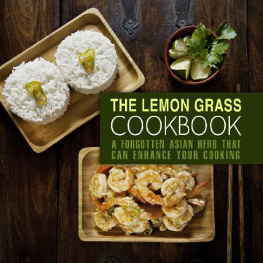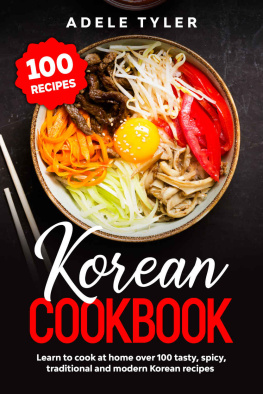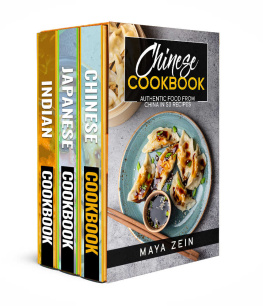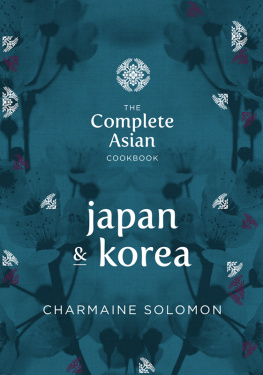WOK
COOKBOOK
Authentic Stir Fry Dishes From Asian in 50 Recipes. |

Maya Zein
Copyright 2021 by Maya Zein - All rights reserved.
This document is geared towards providing exact and reliable information in regard to the topic and issue covered. The publication is sold with the idea that the publisher is not required to render accounting, officially permitted, or otherwise, qualified services. If advice is necessary, legal or professional, a practiced individual in the profession should be ordered.
From a Declaration of Principles which was accepted and approved equally by a Committee of the American Bar Association and a Committee of Publishers and Associations.
In no way is it legal to reproduce, duplicate, or transmit any part of this document in either electronic means or in printed format. Recording of this publication is strictly prohibited and any storage of this document is not allowed unless with written permission from the publisher. All rights reserved.
The information provided herein is stated to be truthful and consistent, in that any liability, in terms of inattention or otherwise, by any usage or abuse of any policies, processes, or directions contained within is the solitary and utter responsibility of the recipient reader. Under no circumstances will any legal responsibility or blame be held against the publisher for any reparation, damages, or monetary loss due to the information herein, either directly or indirectly.
Respective authors own all copyrights not held by the publisher.
The information herein is offered for informational purposes solely and is universal as so. The presentation of the information is without contract or any type of guarantee assurance.
The trademarks that are used are without any consent, and the publication of the trademark is without permission or backing by the trademark owner. All trademarks and brands within this book are for clarifying purposes only and are owned by the owners themselves, not affiliated with this document.
Contents
Introduction
A wok is a cooking tool with a spherical bottom and high edges, usually with two side handles or one bigger handle. Because a wok's spherical bottom enables heat to be dispersed more uniformly than a saucepan, food can be cooked in less time. The high walls make it simpler to toss food, such as making a stir fry, allowing the components to be uniformly combined and cooked.
The wok is said to have been developed approximately 2000 years ago in China during the Han era. Early variants of the wok, which were originated from the Cantonese term for "cooking pot," were built of cast iron metals, making them more sturdy and long-lasting.
There are many hypotheses as to why the wok was conceived, according to historians and cuisine specialists. Some think the wok's adaptability enabled a broad range of meals to be prepared with the same ingredients due to food scarcity during the Han era. There is also a belief that tribes required a tool that was movable and capable of speedily cooking large quantities of food to sustain the tribe while they traveled across the nation many years ago.
A third explanation is that the wok enabled persons to cook meals with relatively little oil owing to a lack of fuel and oil during the Han era. You may have observed that while using a wok at household to cook your items, you only need a minimal quantity of vegetable oil.
The wok is often used in Asian cooking, but it may also be used in various ways. The wok is one of the world's most versatile cooking equipment, and it may be used for a variety of culinary methods, including:
- Stir-frying
- Steaming
- Pan-frying
- Deep frying
- Boiling
Because of the design, heat is uniformly dispersed throughout the wok, ensuring that all of your components are well cooked and are ready on time. Furthermore, the fact that you can cook with a wok with very little cooking oil and yet get great-tasting, non-sticky results is a huge plus. Accessories for your wok, such as a wok cover for steaming/boiling or a wok ring to keep your wok from sliding about while cooking, are often required.
You will learn more about stir-frying in this book. Let me begin by describing the advantages. Stir-frying has long been recommended as a healthy and nutritious cooking method. Writers praised high-heat cooking for preserving coloration, richness, and calorie information. On bamboo shoots, researchers examined the impact of boiling, steaming, and stir-frying. More than a third of the protein, soluble sugar, ash, and total free amino acids are reduced by boiling and steaming. Due to the use of oil, stir-frying bamboo shoots enhanced their fat content while retaining more of their antioxidant properties. Compared to boiling, stir-frying preserves substantially more vitamin C. Taking all of this into account, the research determined that stir-frying is the best way to cook bamboo shoots.
Before you can begin cooking Asian cuisines, you must first become familiar with several main ingredients. If you plan to do some sort of Asian cuisine, soy sauce is perhaps the most important product to have on hand. It is a dark-colored sauce with a thick, salty flavor that's made from soybeans and wheat. It is a common and traditional staple that can be used for coating, fermenting, and cooking in various Asian cuisines, especially stir-fries. Anchovy extract from fish is widely used as a cooking sauce in Southeast Asia to give a spicy, savory flavor to dishes.
Fish sauce has a strong taste, so a little goes a long way. It has a strong odor, so once applied to a dish, it adds a layer of umami, and it is a taste you will know from Thai and Vietnamese cuisine. Stir-fries, soups, and noodle dishes are all good places to start. It should be noted that it is produced from preserved anchovies, so it should not be used for any vegetarian dishes.
The taste of sesame oil is unique, nutty, and herbal. It is used as a sauce or spice, and it is usually applied towards the end of the cooking process to keep the taste. Since it is very potent, it is only used in small quantities. Chili sesame oil is also accessible, and it is a perfect way to get a great sesame taste while also adding some sun. To save it from becoming rancid, keep it in the freezer. Hoisin sauce is a dense, flavorful sauce made from ground soybeans and starch and flavored with red chilies and garlic.
Vinegar, Chinese five-spice, and sugar are popular additions. While the term hoisin comes from the Chinese word for seafood, the sauce does not contain any seafood. Meat, fruits, and noodles profit from the sweetness and saltiness when marinated, stir-fried, dipped, and glazed. It is a popular ingredient in Chinese and Vietnamese cuisine.
Chili peppers, vinegar, cloves, sugar, and salt are used to make Sriracha chili sauce, a delicious hot sauce. It is thought to have started in Thailand. The mildly spicy chili garlic sauce may be used for dipping, slicing, marinating, or stir-frying. It has a mildly coarse feel and a nice tang from the vinegar. Oyster sauce is a popular ingredient in Chinese family cooking. It is used as a coating or dipping sauce for meat and vegetables. It is traditionally made from oysters that have been slowly simmered.
Western cultures were exposed to Asian cuisines and main components and the special techniques used to cook Asian foods. The wok is maybe the most critical. In Southeast Asia and China, the wok is an essential piece of cooking equipment. Since traditional Asian families lacked the means to make or purchase several pans for various cooking methods, the conventional wok was built with a specially rounded bottom that offers a variety of cooking heats in one pan, resulting in it being a virtually universal staple of Asian families. This book contains a large number of recipes that are prepared using this tool.






